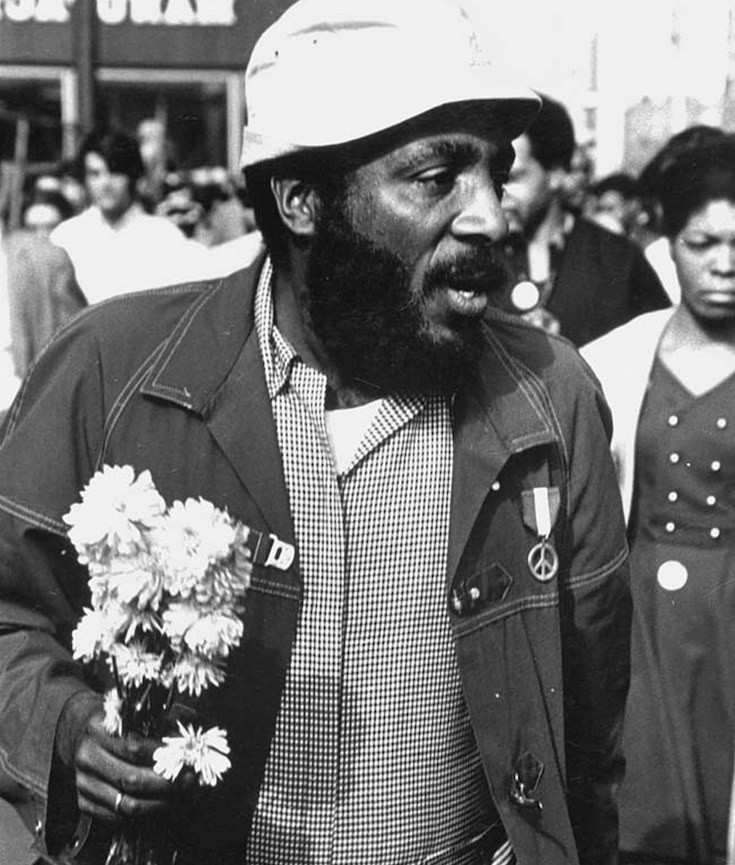[dropcap]I[/dropcap] remember the day my life changed forever. I was a sophomore at Amherst College; it was 1986. Our Black Student Union brought Dick Gregory—the global human rights activist and Civil Rights Movement icon—to campus to talk about the state of black America, but, instead, he decided to talk about the plate of black America. About the health, politics, economics, and culture of what we ate, and why we should become vegetarians. Though it wasn’t yet called “intersectionality,” discussing the interconnectedness of the myriad issues facing African Americans was the norm—and, for Dick Gregory, food was part of that conversation. (I talk more about the interconnectedness of food and activism here.)
Most of us in the audience didn’t know that Gregory had become a vegetarian in 1965 based on the philosophy of nonviolence practiced during the Civil Rights Movement, which he extended to the treatment of animals.
[mc4wp_form id=”6042″]

HISTORICALLY BLACK COLLEGES & UNIVERSITIES | HBCU
Historically black colleges and universities (HBCUs) are institutions of higher education in the United States that were established before 1964 with the intention of primarily serving the African American community. They have always allowed admission to students of all races. Most were created in the aftermath of the American Civil War and are in the former slave states, although a few notable exceptions exist.
There are 107 HBCUs in the United States, including public and private institutions, community and four-year institutions, medical and law schools.
Most HBCUs were established after the American Civil War, often with the assistance of northern United States religious missionary organizations. However, Cheyney University of Pennsylvania (1837) and Lincoln University (Pennsylvania) (1854), were established for blacks before the American Civil War. In 1856 the AME Church of Ohio collaborated with the Methodist Episcopal Church, a predominantly white denomination, in sponsoring the third college Wilberforce University in Ohio. Established in 1865, Shaw University was the first HBCU in the South to be established after the American Civil War.
The Higher Education Act of 1965, as amended, defines a “part B institution” as: “…any historically black college or university that was established before 1964, whose principal mission was, and is, the education of black Americans, and that is accredited by a nationally recognized accrediting agency or association determined by the Secretary [of Education] to be a reliable authority as to the quality of training offered or is, according to such an agency or association, making reasonable progress toward accreditation.”Part B of the 1965 Act provides for direct federal aid to Part B institutions. (Wikipedia).


You must be logged in to post a comment.